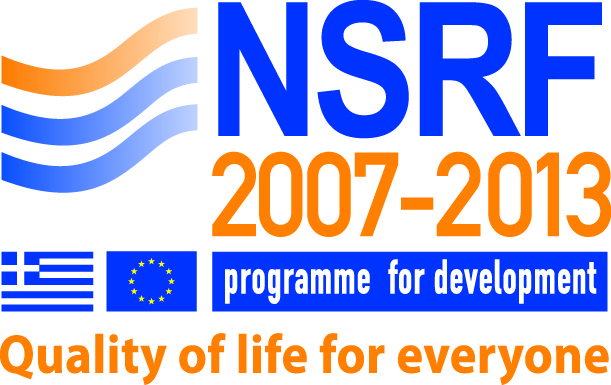Please use this identifier to cite or link to this item:
https://olympias.lib.uoi.gr/jspui/handle/123456789/14440Full metadata record
| DC Field | Value | Language |
|---|---|---|
| dc.contributor.author | Mavratzas, S. | en |
| dc.contributor.author | Charalambopouos, A. | en |
| dc.contributor.author | Gergidis, L. N. | en |
| dc.date.accessioned | 2015-11-24T17:38:05Z | - |
| dc.date.available | 2015-11-24T17:38:05Z | - |
| dc.identifier.issn | 0020-7225 | - |
| dc.identifier.uri | https://olympias.lib.uoi.gr/jspui/handle/123456789/14440 | - |
| dc.rights | Default Licence | - |
| dc.subject | penetrable prolate spheroid | en |
| dc.subject | acoustic scattering | en |
| dc.subject | special functions | en |
| dc.subject | vekua transformation | en |
| dc.subject | arbitrary precision | en |
| dc.subject | mathematical modeling | en |
| dc.subject | numerical acoustics | en |
| dc.subject | collocation method | en |
| dc.subject | localized nonlinear approximation | en |
| dc.subject | point generated field | en |
| dc.subject | auxiliary sources | en |
| dc.subject | geometry | en |
| dc.title | Scattering from two eccentric spheroids: Theory and numerical investigation | en |
| heal.type | journalArticle | - |
| heal.type.en | Journal article | en |
| heal.type.el | Άρθρο Περιοδικού | el |
| heal.identifier.primary | DOI 10.1016/j.ijengsci.2009.08.002 | - |
| heal.identifier.secondary | <Go to ISI>://000274447400007 | - |
| heal.language | en | - |
| heal.access | campus | - |
| heal.recordProvider | Πανεπιστήμιο Ιωαννίνων. Σχολή Θετικών Επιστημών. Τμήμα Μηχανικών Επιστήμης Υλικών | el |
| heal.publicationDate | 2010 | - |
| heal.abstract | In this paper, the direct acoustic scattering problem of a point source field by a penetrable spheroidal scatterer hosting an impenetrable spheroidal body of arbitrary position, size and orientation, is considered. The application background corresponds to the near field measurement of the acoustic field, scattered by a soft-tissue organ including a hard inhomogeneity. The methodology incorporates two independent techniques which are modified appropriately to fit together and are combined for the first time: first, the Vekua method, which is based on the well known Vekua transformation, providing with fully analytic solutions of Helmholtz equation and second, the method of auxiliary sources in order to represent the net wave contribution of the inhomogeneity. The satisfaction of transmission and boundary conditions is accomplished via the collocation method while the wave character of the fields and the outwards propagating property of the exterior wave are implicitly guaranteed in exact form through the analytic nature of the method. Special effort has been devoted to the self-evaluation of the method by constructing and calculating an indicative error function representing the failure of satisfaction of the boundary conditions on a rich grid over the interfaces, much larger than the set of collocation points, where the error is by construction negligible. This numerical approach leads to very reliable results. The determination of the near scattered field as well as of the far-field pattern are the final outcomes of the present work, providing a thorough solution of the direct scattering problem and giving insight to the corresponding inverse problem. (C) 2009 Elsevier Ltd. All rights reserved. | en |
| heal.publisher | Elsevier | en |
| heal.journalName | International Journal of Engineering Science | en |
| heal.journalType | peer reviewed | - |
| heal.fullTextAvailability | TRUE | - |
| Appears in Collections: | Άρθρα σε επιστημονικά περιοδικά ( Ανοικτά) | |
Files in This Item:
| File | Description | Size | Format | |
|---|---|---|---|---|
| Gergidis-2010-Scattering from two eccentric.pdf | 2.31 MB | Adobe PDF | View/Open Request a copy |
This item is licensed under a Creative Commons License





